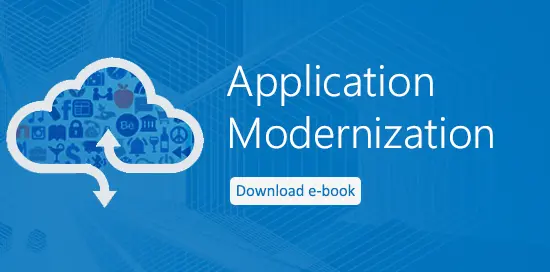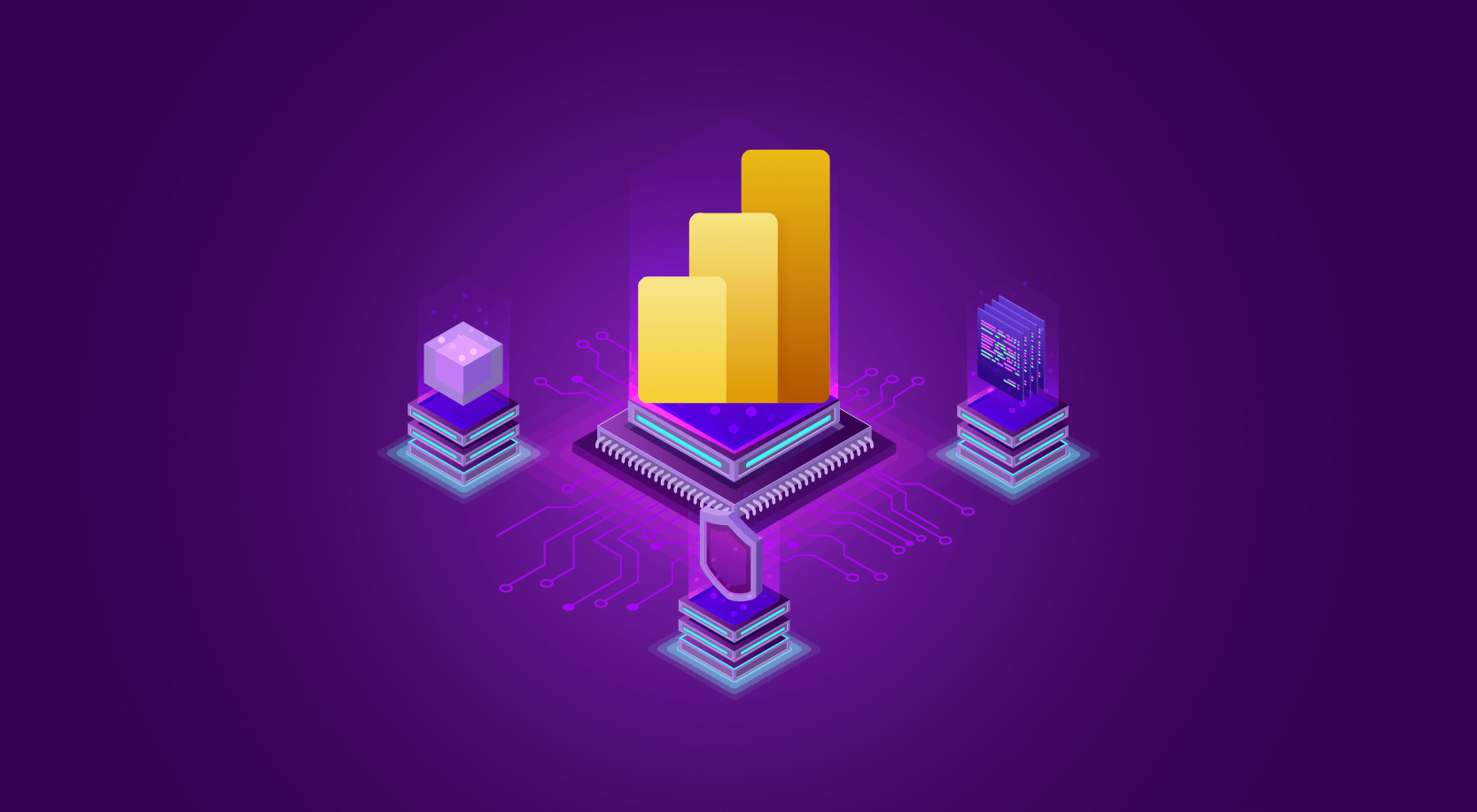
Today’s organizations face the challenge of building applications for the future while supporting the current environment. They are expected to run the business and build new applications simultaneously for better customer engagement, drive new revenue sources, and develop new products and services. And, they need to perform all this while managing their existing legacy and business-critical workloads. Before starting on the cloud migration journey, organizations need to figure out the basics- What workload needs to move to the cloud and what should be retained on-premises? It all seems utterly simple, but it’s astonishing to see how often companies skip this important step.
Below are a few of such potential challenges to keep in mind while migrating to Microsoft Azure and how to overcome them:
Application Compatibility – It is essential to make sure that applications are compatible before taking a leap to the cloud. This can be achieved by testing. For this purpose, an application needs to be put into an Azure test environment. This entire process should be carried out thoroughly since compatibility issues detected after going into production may lead to serious service disruptions.
Database Migration – Needless to say, migrating an entire database to Azure has an attractive value proposition and holds many benefits. However, it involves several incompatibilities when the source database is formed with obsolete versions. Thus, it is extremely important to figure out any compatibility issues that may crop up between Azure and the current application storage.
Downtime Planning– No matter how planned is your migration, the downtime is inevitable, so it is better to accept and prepare for it accordingly. You need to carefully estimate how much downtime each step of the migration will cause and try to spread it out and schedule it to have a minimal impact.
Disaster Recovery Planning- While it’s unlikely that catastrophic data loss attributed to Azure will ever occur, still, it is necessary to have a robust disaster recovery plan in place. Moreover, Azure itself can be used as a backup solution for local storage to restore losses. Also, make sure to assess the types of disaster scenarios that are unique to cloud hosting on platforms like Azure and plan accordingly.
Application Testing-Apart from making sure that databases remain compatible when running on Azure, it is also important to assure that applications are compatible before taking a leap to the cloud. The key to this is testing. Put the application into an Azure test environment and then begin the testing process.
Key considerations for a successful cloud migration:
1. Re-host- Seamlessly move your Virtual Machine (VM) from on-premises to the cloud. This model is also known as co-location.
2. Re-platform– Retain and wrap the application without making changes to the code, possibly compromising the integrity and security of the operation while preserving existing functionality.
3. Retire and Rewrite- When there are many new requirements that cannot be met by the older environment, the best way to proceed is to rewrite the application in a newer, better-suited environment.
4. Cloud-Native Applications. As organizations assess their requirements, they often realize that there are new kinds of applications like Big Data, new types of analytics, entirely new capabilities such as machine learning, and applications for IoT that are uniquely fitted to be in the cloud.
5. Burst out- As there are new data and service models that are being provided in cloud environments and each has the capacity that was not accessible before in an IT environment, there are a few applications bursting out to the cloud. These high-performance applications are doing innovative types of analytics and visualizations. It is advisable to keep frequently used data locally while infrequently accessed and aging-out data to far cheaper cloud storage.
What should you expect during migration?
1) Analysis– This is the method of mapping the current state to the desired state. This process helps you to identify the gaps between what your customer currently has and what it will take to migrate that workload to the cloud. Those gaps would possibly involve changes to the architecture of the workload or would possibly need a complete rewrite of the program.
2) Application Migration– When you discover that a particular workload should be moved to the cloud, one of the best practices is to create a version of the workload with a minimal amount of data to get the application working on the cloud. Mainly, many on-premises apps can smoothly run on Microsoft Azure with minimal or no changes, but this surely does not indicate that the application will be optimized for performance, scalability, and security. You may need to redesign and rebuild it to some degree by using modern service-oriented principles.
3) Data Migration– This is pretty much similar to the application migration where the data structure can be migrated to either a relational (SQL Server in Azure VM, Azure SQL Database or non-relational (Azure DocumentDB, Azure Storage location on the cloud. Several of these kinds of migrations are extremely easy, and you can easily conduct them with the help of a wizard such as the SQL Server Azure Migration Wizard. However, it is better to consider rebuilding the data model as a new Azure SQL Database to gain performance, scalability, and security improvements. Additionally, it is a best practice to set up and configure a data recovery plan in case of user errors or natural disasters.
4) Testing and Optimization– Perform functional and performance tests once you migrate your client’s application and data to Azure. At this phase, thoroughly test the application in the cloud and validate that it works as expected. Subsequently, compare the performance results between on-premises and Azure. Soon after that, resolve any functionality, feature, scalability or performance issues in the cloud application.
5) Operation and Management– Once you are done with the testing and optimization phase, set up and implement application monitoring and tracing with the Azure Application Insights that enables you to collect and analyze telemetry from the application. This data can be used for debugging, measuring performance troubleshooting, traffic analysis, monitoring resource usage, and capacity planning, and auditing.
Final Thoughts A transition to Microsoft Azure can be cost-effective, fast and secure – but only if you invest your time in clarifying what you want to do and why. Diving into a transition without knowing what to expect from Azure is likely to lead to delays and complications. Plan your transition to enjoy the benefits of the cloud and ask yourself a few key questions so that you can get the most out of Azure.
WinWire can turn your cloud migration plan into a reality According to research from Gartner, IDC and 451 Research, more than 60 percent of companies have delayed their data center migration after completing the planning stage. Of that 60 percent, 40 percent stated it was due to the lack of resources holding them back, while 20 percent said this is due to their lack of migration experience. Of course, no company is expected to have the resources or the expertise to manage a large-scale cloud migration in-house. This is a major shift for a business! Let’s combine your needs with our experience to make the best cloud migration plan for your business. Download the eBook to learn how Microsoft Azure services like Microservices, Service Fabric, Azure Functions help in modernizing legacy applications.







